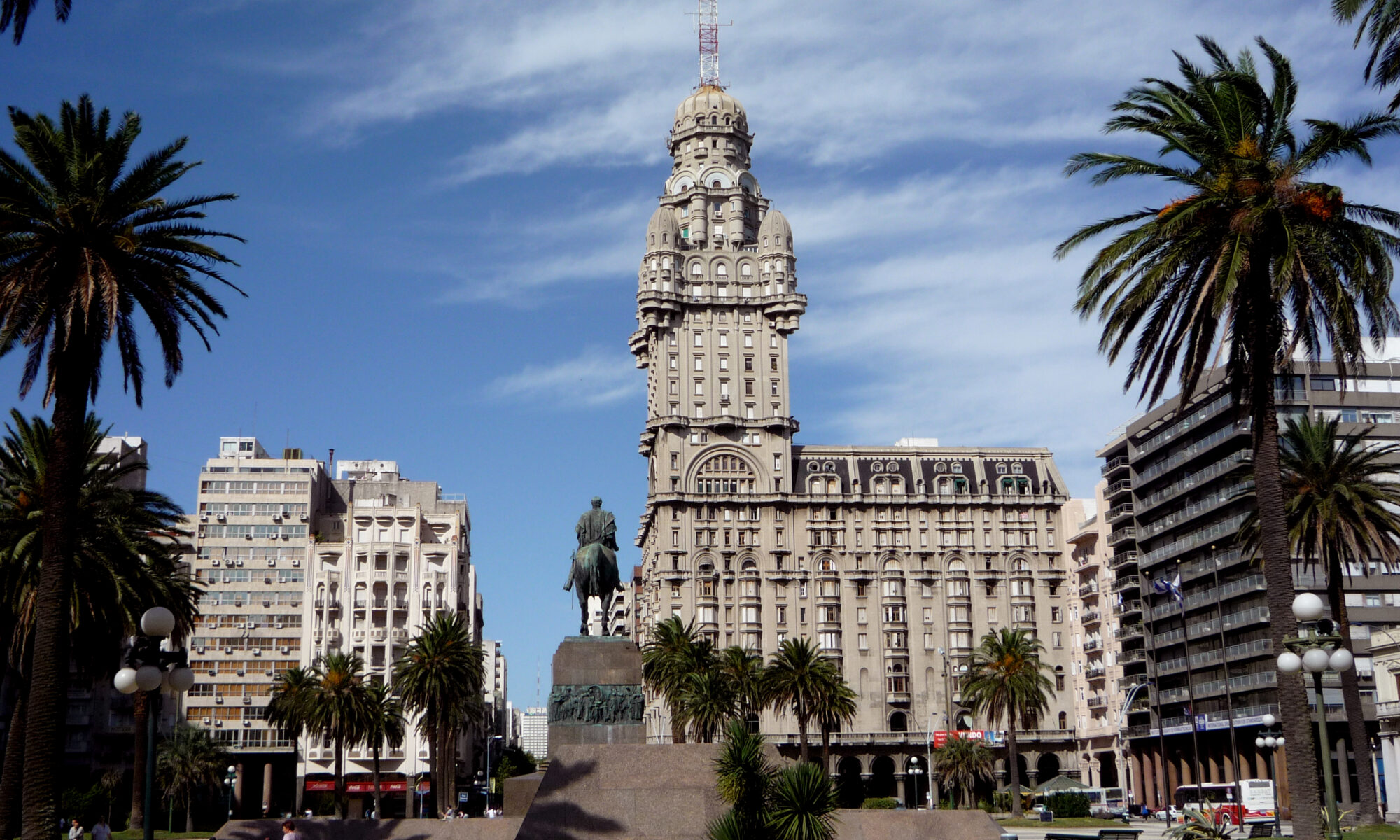Uruguay is dwarfed by Brazil and Argentina, but this tiny South American country is emerging from the shadows cast by its giant neighbors The capital Montevideo is warming up to becoming one of the continent’s favorite destinations.
With its grassy plains and flat coastline, Uruguay naturally keeps a low profile. It’s an unhurried place where colonial architecture and modern development balance each other out with ease.
In between the high-rises of the capital Montevideo, stately mansions have been restored to their former glory and now house theaters, museums, and opulent hotels. Although Uruguay seems in no rush to be discovered, the news about its revival is spreading fast.
In the past few decades, Montevideo has made a name for itself as one of the most livable cities in South America, with advanced social policies and free education for all. Add to that a warm, temperate climate, pleasant sea breezes and miles of beach boulevards and you’ll understand why this peaceful city was bound to get noticed.
The Telecommunications Tower in the harbor
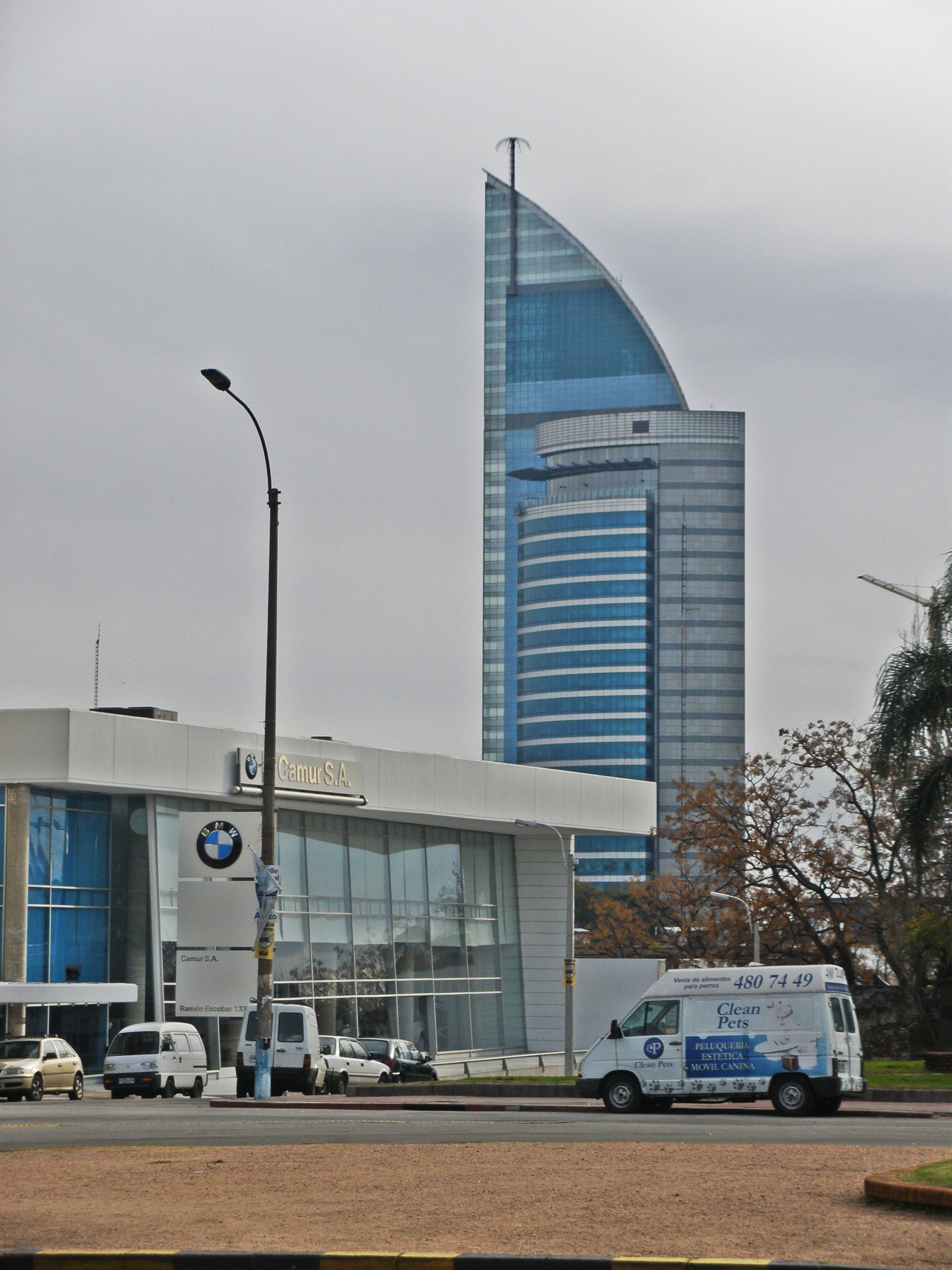
From Montevideo’s pointy Telecommunications Tower in the harbor, you can see the lone hill that first gave away Uruguay’s presence some 500 years ago. Some say a Portuguese explorer sailed by and called out “Monte-vid-eo!” “I see a hill!”,
Plaza Independencia
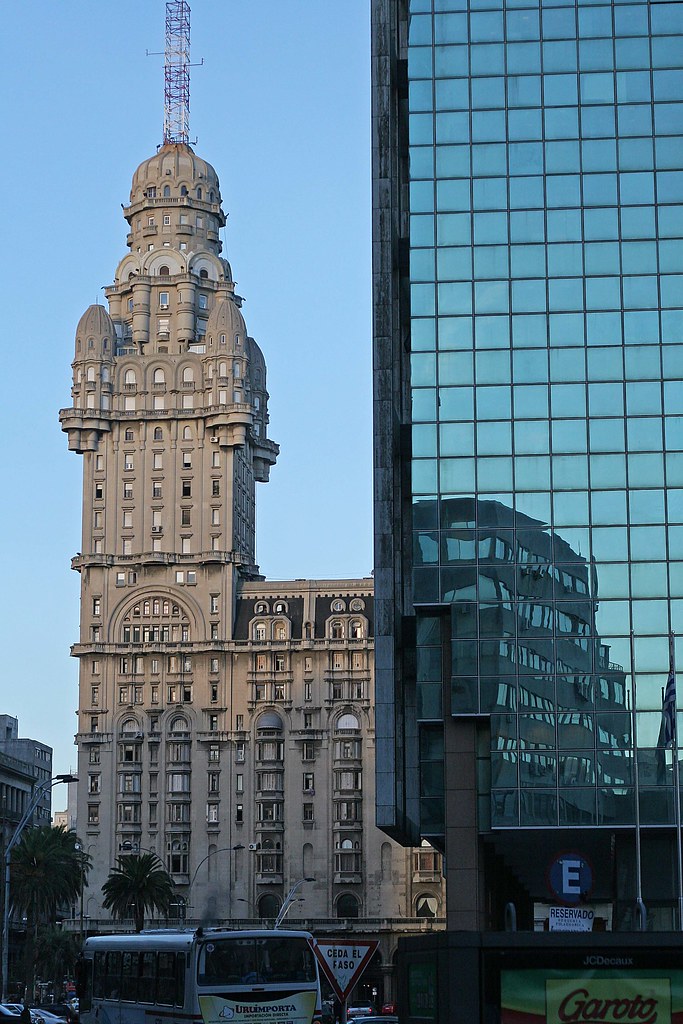
while others believe it was the Spanish who named the city. With the Portuguese claiming the land for Brazil and the Spanish eager to expand Argentina, both nations hurried to forge strategic ports and fortresses. This rivalry resulted in a tug of war that lasted for over three centuries, with Uruguay slipping into and out of the grips of Argentina and Brazil. The Uruguayans never fully surrendered to either side and, with England as a referee, became independent in 1825.
In the centrally located Plaza Independencia, visit the mausoleum for the revolutionary hero José Artigas, who gave up his own freedom for the liberty of his country.
The Palacio Salvo
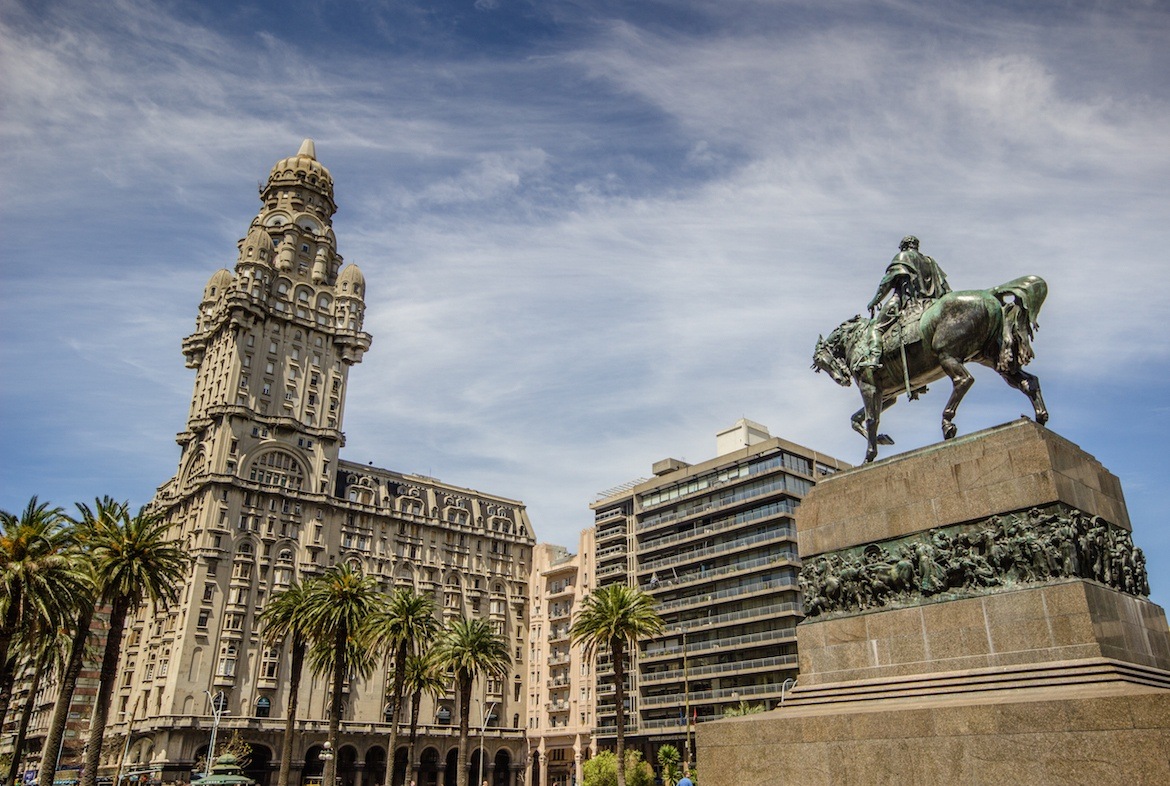
Above the ground, his statue faces the eclectic design of the Palacio Salvo. A century ago, this skyscraper was the tallest on the continent and it’s still a national symbol of pride today.
The Montevideo Metropolitan Cathedral
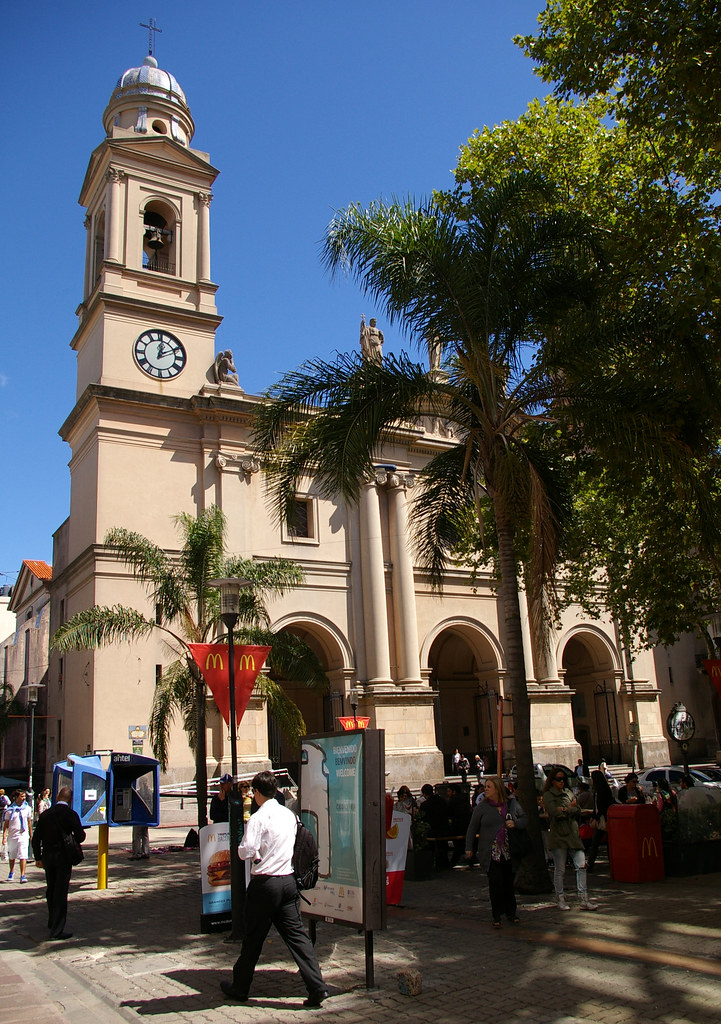
In the nearby Plaza Matriz, the cities oldest square, the 18th-century Metropolitan Cathedral also reaches for the skies.
Step inside to enjoy a moment of quiet contemplation under its majestic roof. While this Roman Catholic church is still the focal point of the Old Town, the multi-cultural ‘Montevideanos’ are of many different faiths.
Carnival of Montevideo
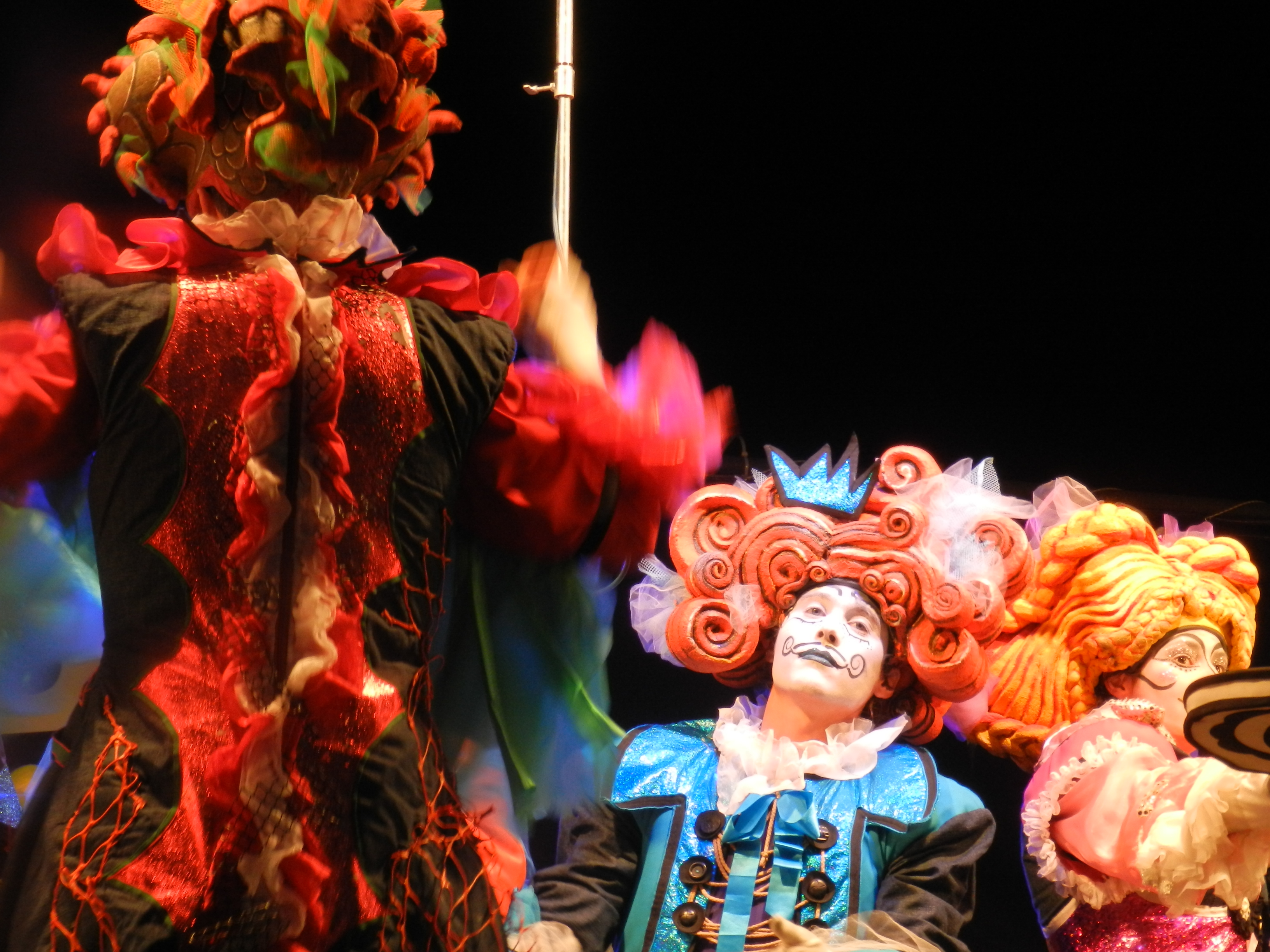
With Portuguese and Spanish blood running through their veins, it’s unsurprising that soccer has united the locals like no religion ever could. Sports rivalries aside, the Uruguayans live in harmony with their Argentinean and Brazilian neighbors and were quick to embrace the best of their architecture, hospitality, and culture.
Ever since colonial times, Carnival has been just as important to Montevideo as it is to Rio de Janeiro. Just like in Brazil, it all started with African slaves, who would dress up and parade in the streets for harvest fest.
De Los Pocitos Beach
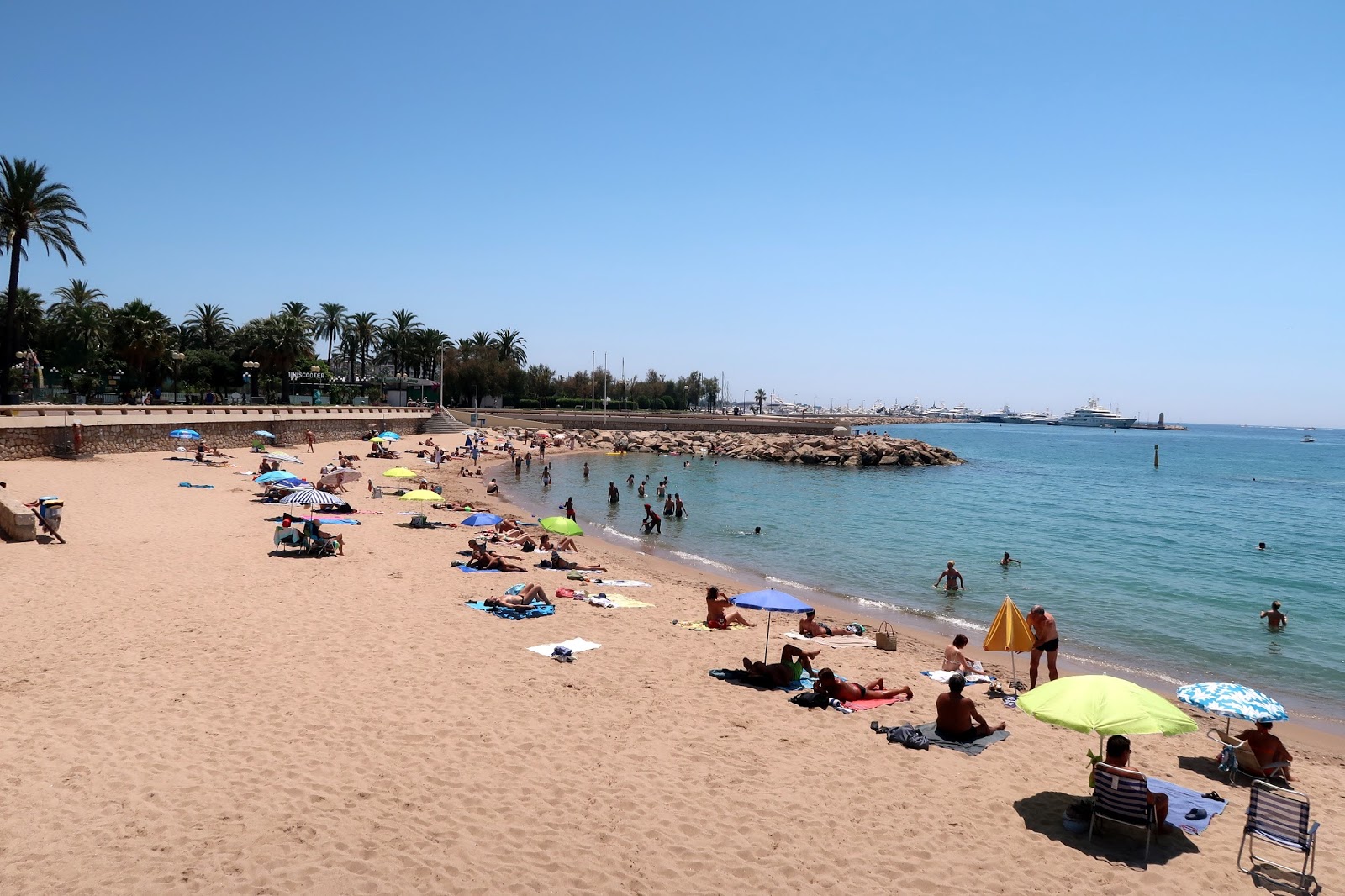
And, in the Uruguayan capital, you can also get a taste of Brazil’s vibrant beach culture.
Take a little vacation from exploring the city and join the locals for a refreshing swim or fun game on De Los Pocitos Beach. Watch closely, and you’ll see groups of friends sharing a yerba mate A tea poured from a flask into calabash gourds with silver straws. a tradition they share with the Argentineans.
The Mercado del Puerto
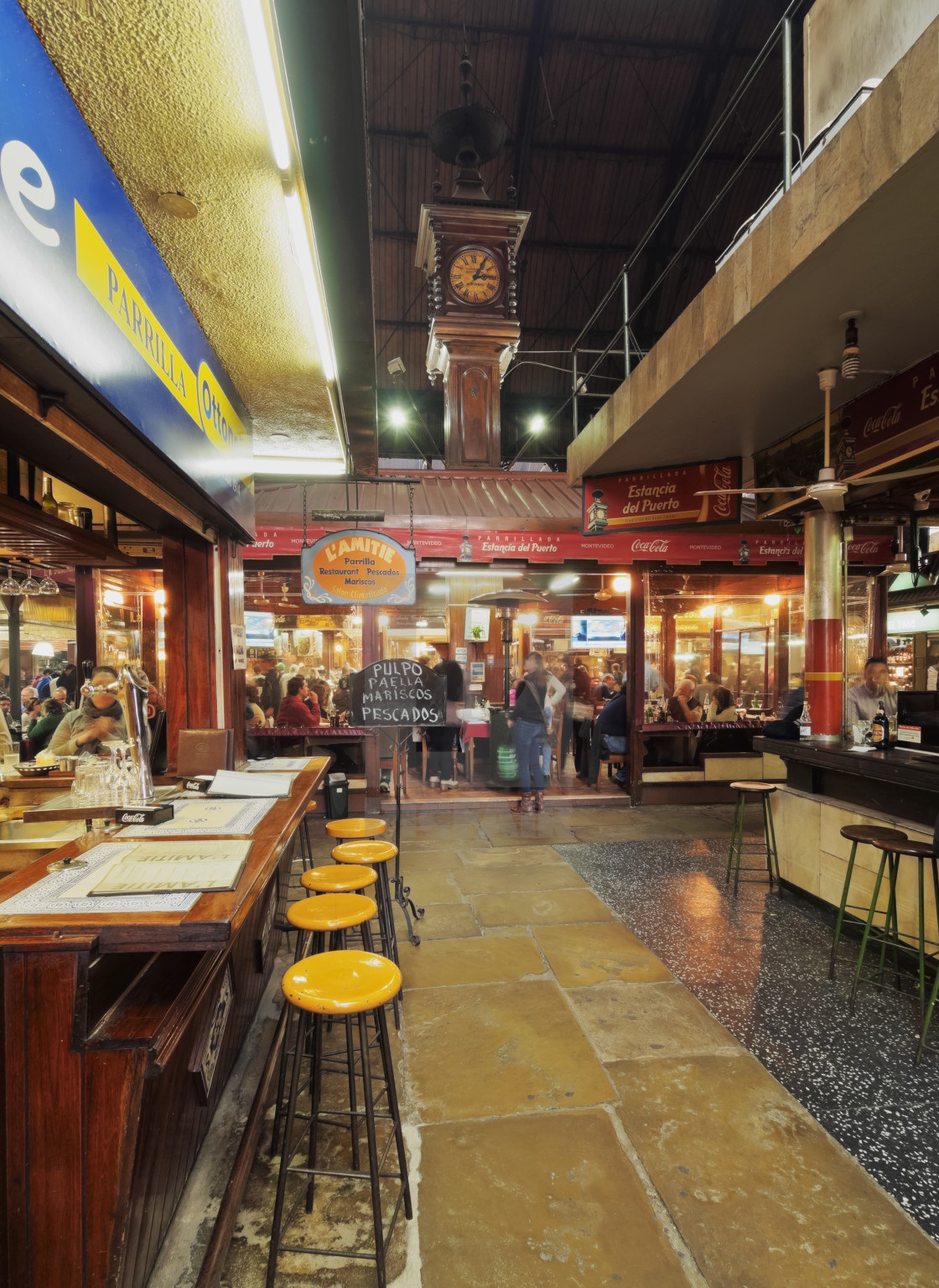
For the final proof that Uruguay combines the best of both worlds, join the locals for lunch in the Mercado del Puerto.
From the irresistible barbecue smells coming from under its wrought-iron roof, it’s clear that Uruguayans are just as passionate about “parrilla” as the Argentineans are.
First, take your pick from cuts of home-grown beef or lamb at a market stall and then have the experts grill it for you on the spot.
La Rambla
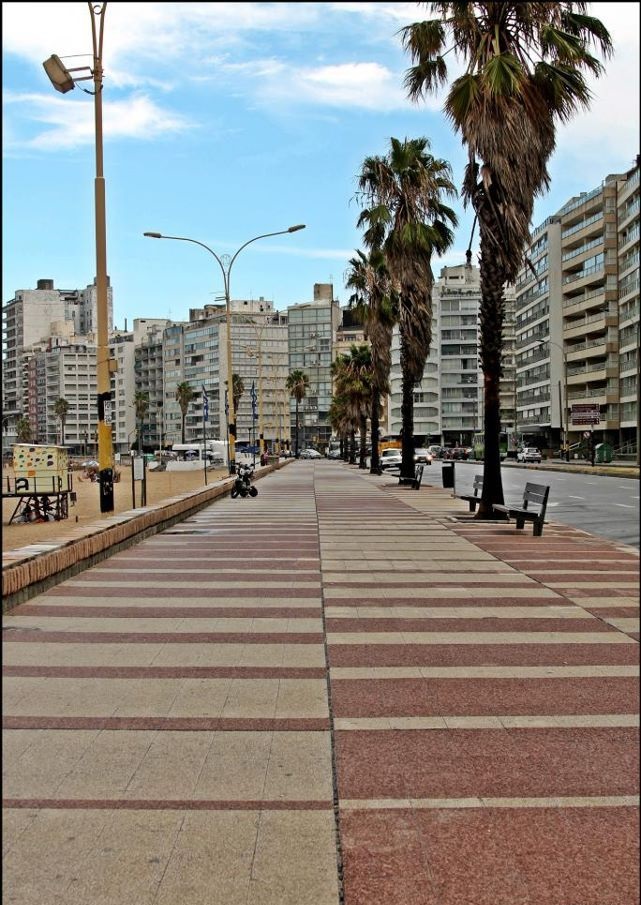
One of the city’s most loved assets is its 19-mile long promenade, La Rambla. As you follow it along, from the Old Town to the outer suburbs, the walkway changes names often… but never its appeal.
Enjoy the community atmosphere in the late afternoon, when office workers and students spill out of the city to gather here for sunset.
Te Portón de Campo
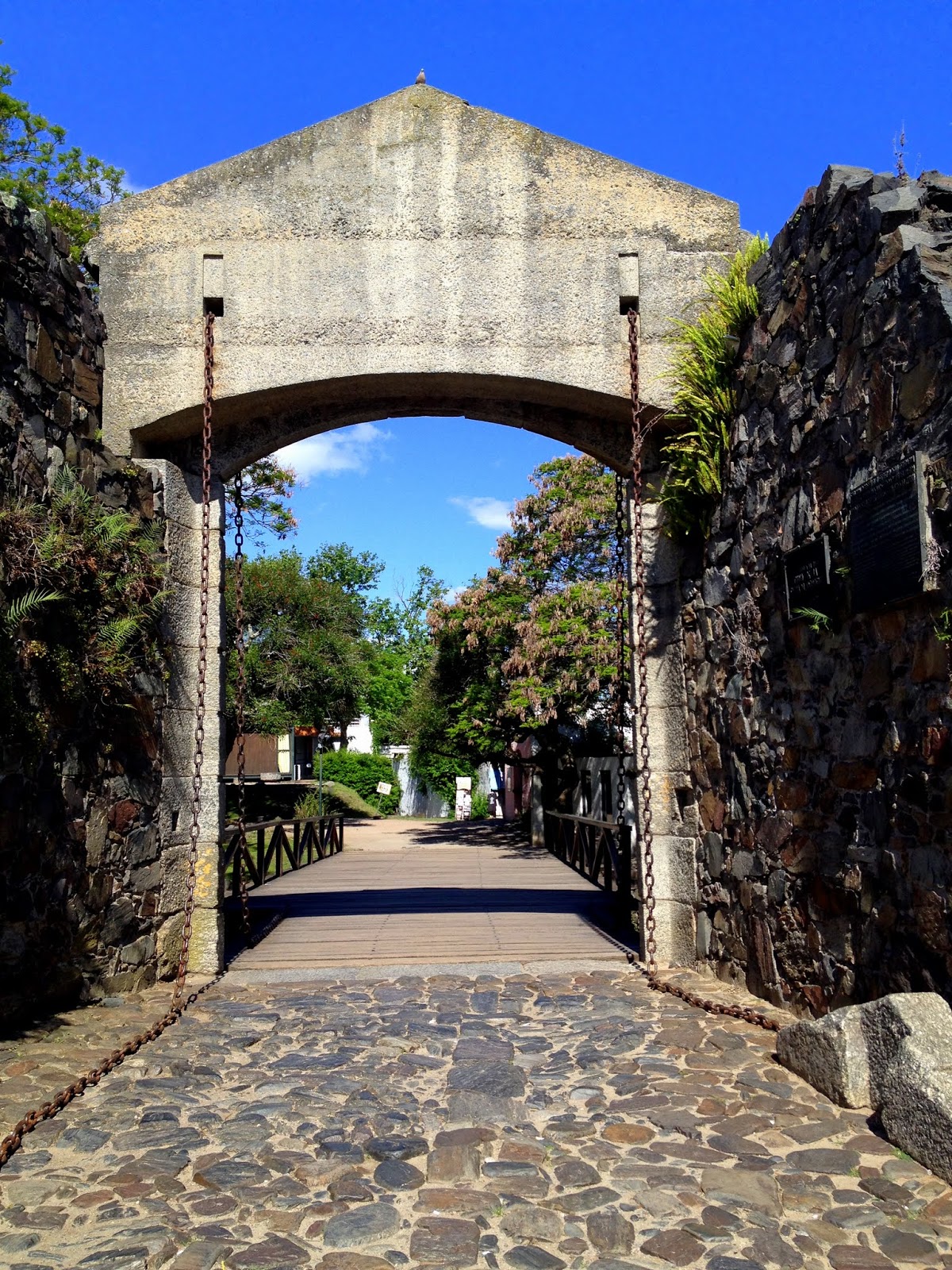
As they say, it’s often the journey that teaches you the most about your destination. So, leave Montevideo behind for a little road trip and soak up some history along the way.
A great place to start is Colonia del Sacramento, just a few hours to the west of Montevideo by car. Enter the riverside settlement over the drawbridge of the Portón de Campo, the impressive city gate.
Wander Colonia’s cobblestoned tree-lined streets to take in the simple beauty of days gone by.
The idyllic lighthouse
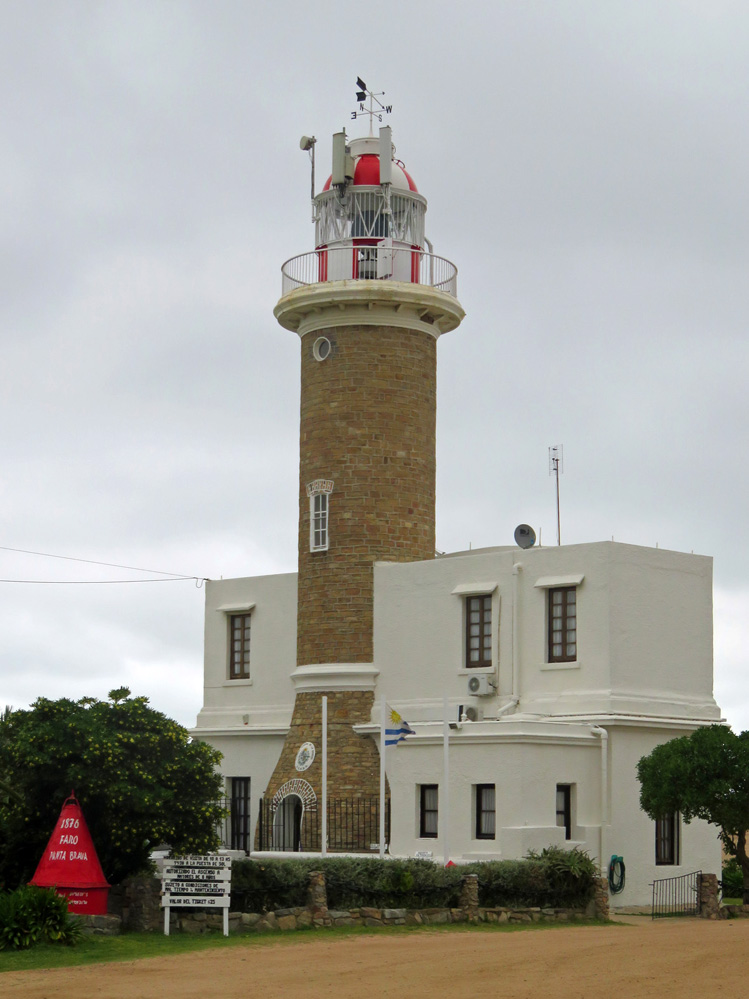
For lunch, find a table at an al-fresco seafood restaurant or take a seat in Colonia’s popular Drugstore Café.
The city’s most iconic landmark is its idyllic lighthouse, set atop the ruins of a 17th-century convent. Make your way up to its lantern room and look out over the town and over the water towards Buenos Aires.
Piriápolis
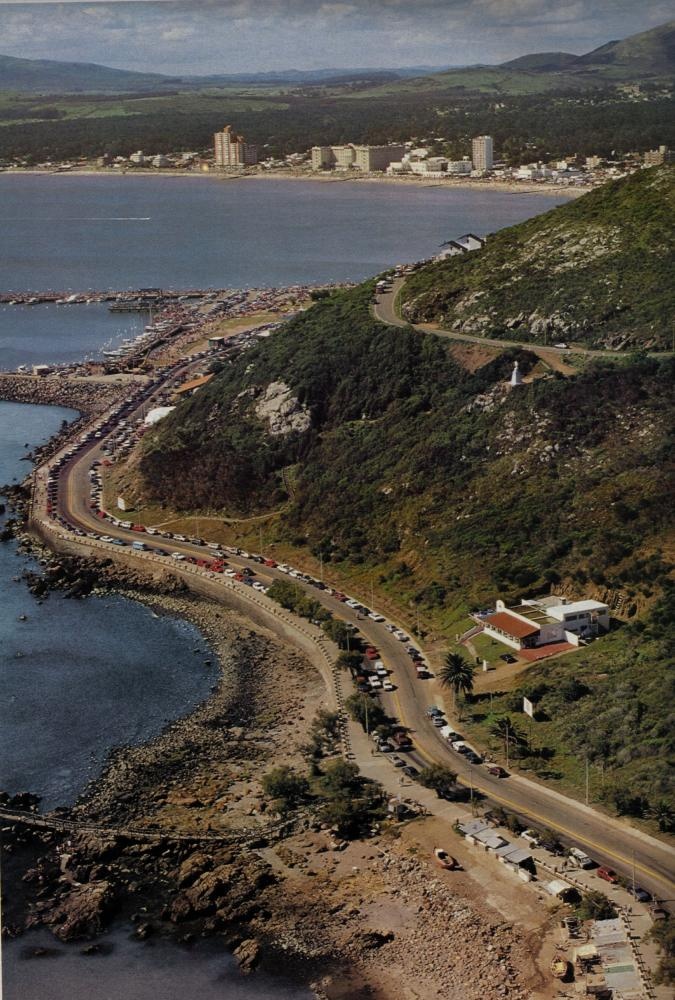
Basking in the last rays of the day, the colonial charm of this little peninsula becomes even more authentic in the late afternoon. Hard as it may be to leave such a dreamy place behind, it’s time to enjoy some of the country’s historic beach resorts.
Take a road trip along with the coastal towns to the east of Montevideo for a chance to really get off the beaten track. Piriápolis is a local favorite, with nice beaches and great coastal views from its hilltop San Antonio Temple.
The Castle of Piria
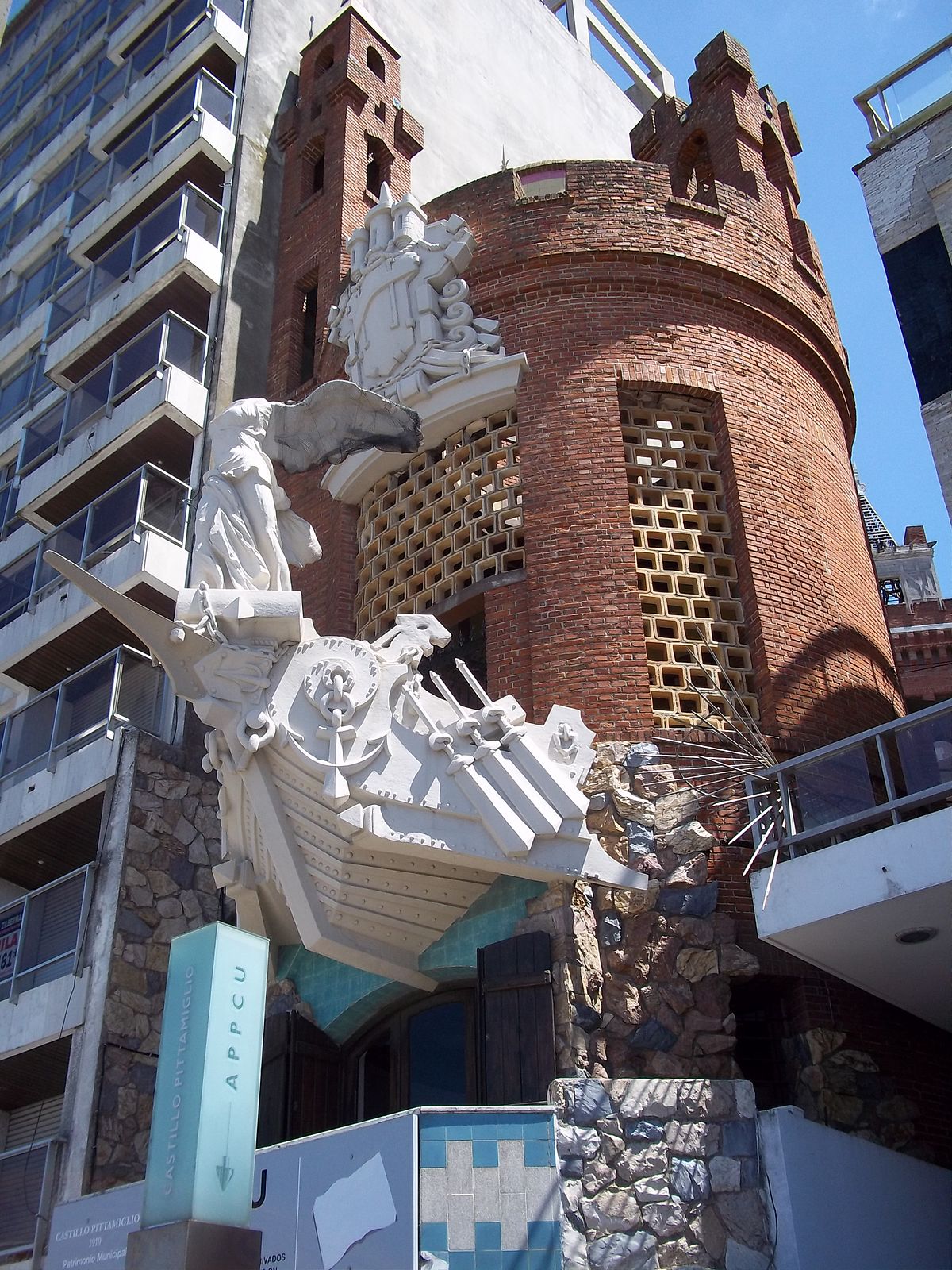
While there, view the Castle of Piria, the opulent mansion of a rich local who founded the city in 1890.
The Cabo de Santa María peninsula

From Piriápolis, it’s a few hour’s by car to La Paloma, another 19th-century beach resort centered around its eye-catching lighthouse on the Cabo de Santa María peninsula.
The Casapueblo
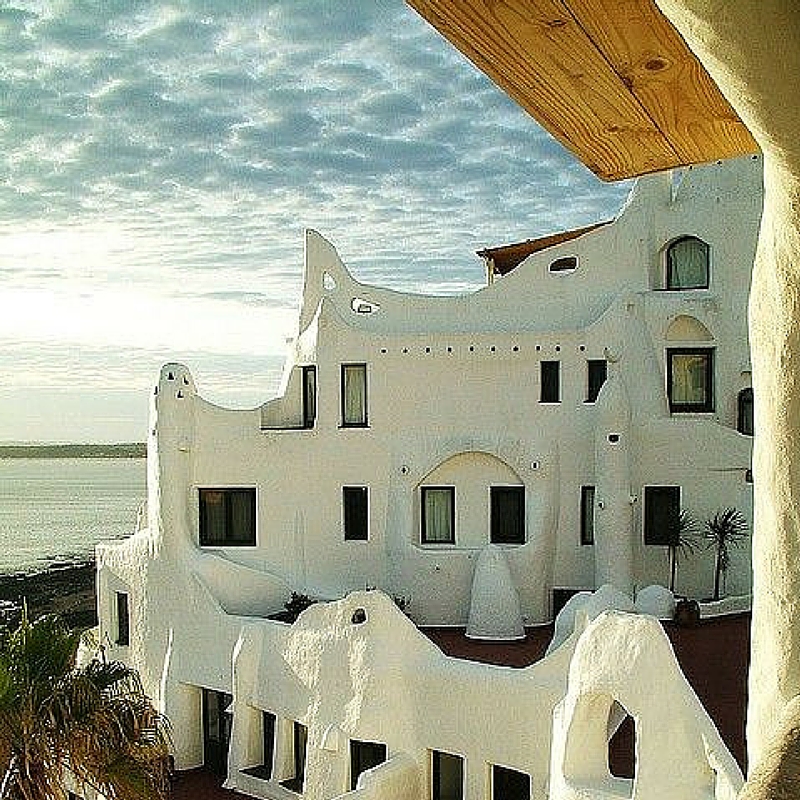
Another recommended stopover on your way to Uruguay’s east coast in Punta Ballena. The small peninsula is home to Casapueblo, one of South America’s most awe-inspiring hotel’s local artist Carlos Páez Vilaró. Who created it as his workshop and living space, was inspired by the way local hornero birds shape their nest.
After his death, his life’s work became a museum and the artistic rooms are rented out to guests.
Punta del Este
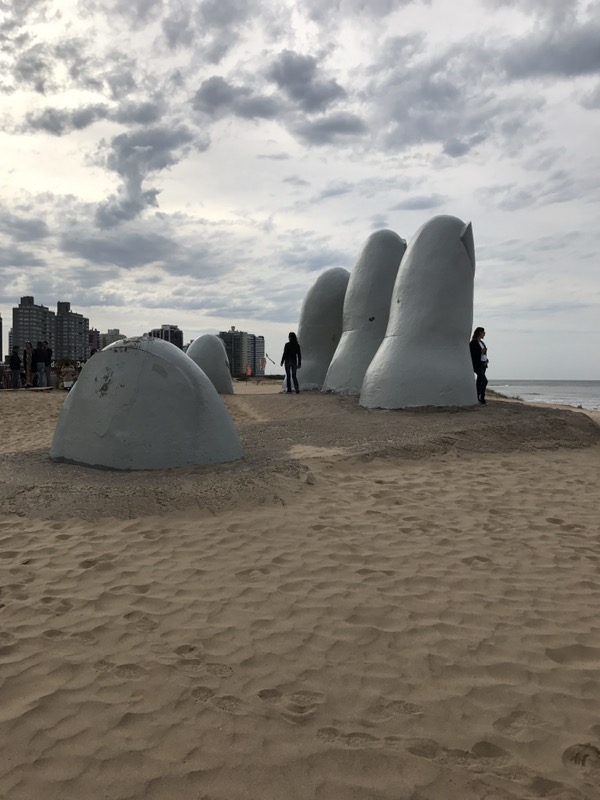
When you reach the lighthouse of Punta del Este, you’ve arrived at the easternmost point of the inlet, where the “Silver River” meets the Atlantic Ocean. Punta del Este is one of those resort towns that reaches out to those who love the simple pleasures in life.
Conclusion
As with any journey, it’s often the little things that stay with you the most. Although Uruguay may be small, its big heart…. and relaxing vibe…. create a lifetime of memories.
Every time you feel a sea breeze, get a whiff of a smoking grill, or see the shimmering outline of a setting Sun.. you will think of Uruguay and smile.
